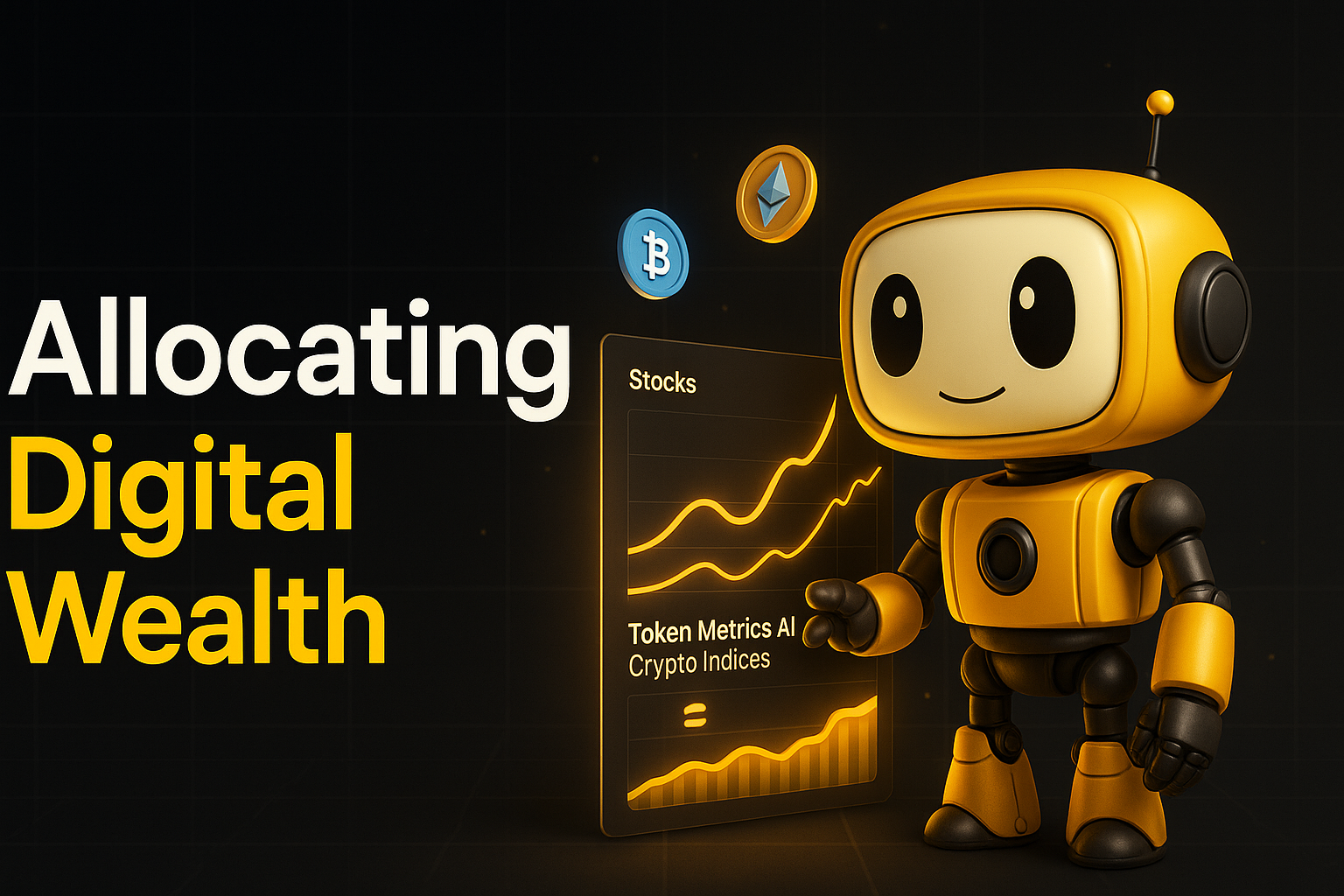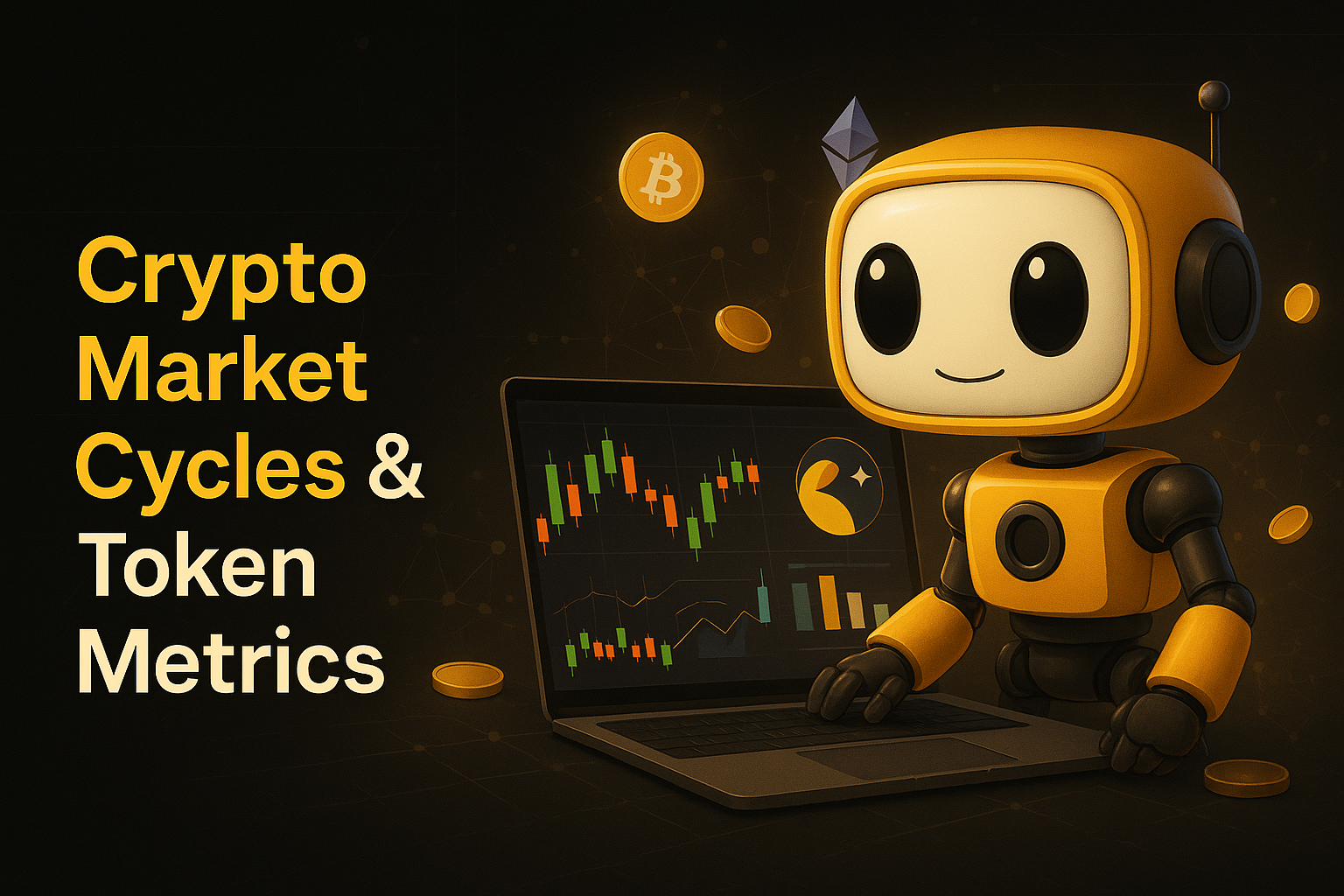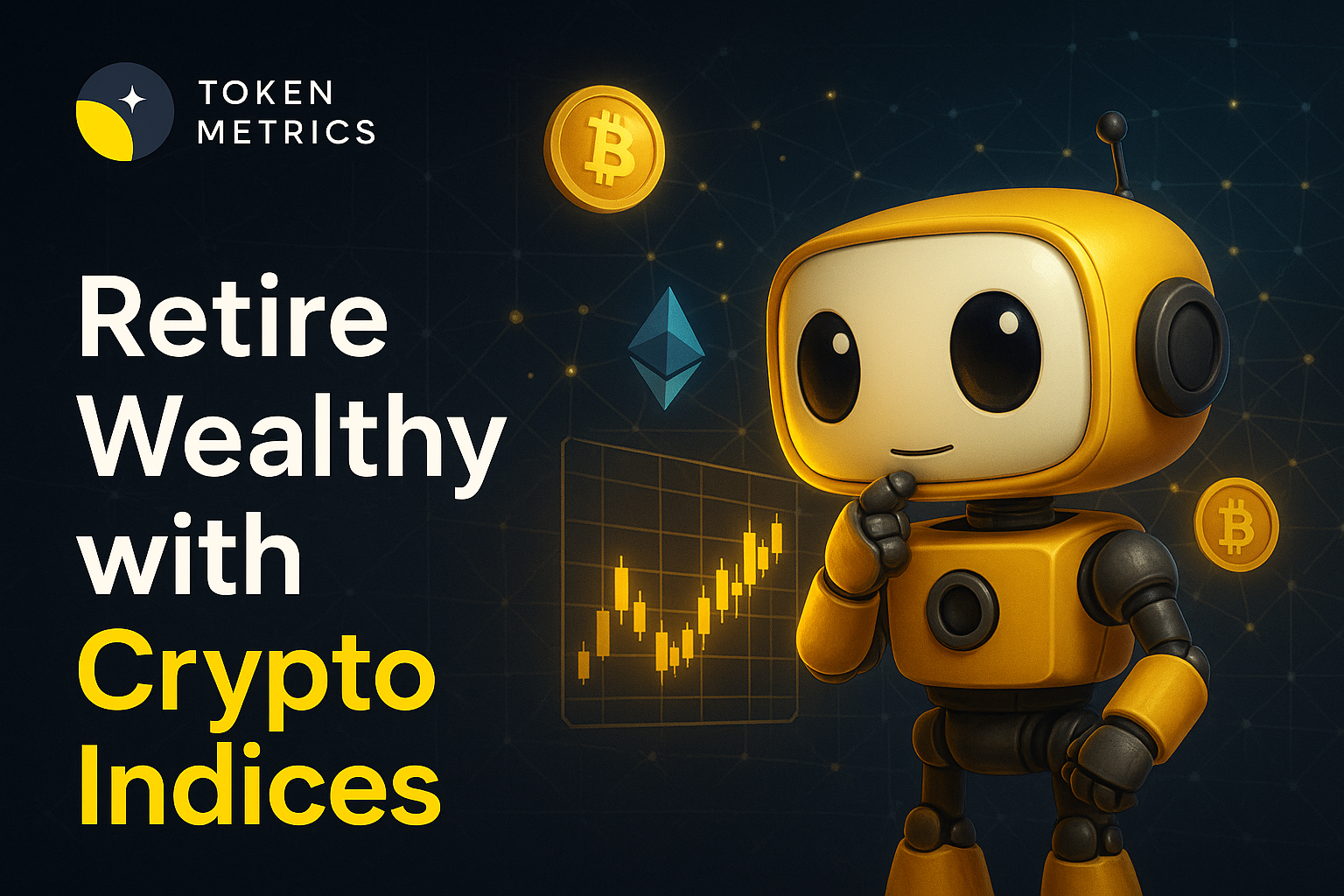
Are NFTs Dead? - Complete Analysis for NFT Investors

The world of digital art and collectibles has been revolutionized by the emergence of Non-Fungible Tokens (NFTs). These unique digital assets have captured the attention of artists, collectors, and investors alike.
However, as with any emerging trend, questions arise about its longevity and sustainability. In this article, we delve into the current state of NFTs, answering the burning question: Are NFTs dead?
The Rise and Fall of NFTs
The rise and fall of NFTs can be attributed to several key factors. Let us delve into a few significant factors that have had a considerable impact on the NFT industry.
The Rise of NFTs
The emergence of NFTs created a buzz in the art world and beyond. Artists saw an opportunity to showcase and sell their work in a new and exciting way. Digital creators and influencers started exploring the possibilities of monetizing their online presence through the creation and sale of NFTs.
Marketplaces dedicated to NFT trading, such as OpenSea and Rarible, experienced a surge in user activity, with transactions reaching significant values. The NFT frenzy became a hot topic in mainstream media, attracting both enthusiasts and skeptics.
NFTs in the Gaming Industry
NFTs have also made their way into the gaming industry, offering unique benefits to players and developers. In the realm of blockchain-based games, players can truly own and trade in-game assets, blurring the line between virtual and real-world ownership.
NFTs provide a solution to the issue of scarcity in digital gaming. Players can acquire rare items, skins, or characters as NFTs, giving them exclusive and tradable virtual possessions. This has led to the emergence of decentralized gaming economies and the potential for players to earn real-world value from their gaming activities.
Artistic Expression and NFTs
NFTs have opened up new avenues for artistic expression and creativity. Digital artists who previously struggled to monetize their work found an opportunity to showcase and sell their creations directly to collectors. This democratization of the art world challenged traditional gatekeepers and offered a more inclusive platform for artists.
Additionally, NFTs introduced the concept of "programmable art." Artists can embed dynamic features into their digital assets, allowing them to evolve and respond to external factors. This fusion of art and technology presents exciting possibilities for artistic exploration.
The Fall of NFTs
The decline of NFTs can be attributed to various crucial factors. Let's examine a few significant elements that have had a considerable impact on it.
Market Volatility
One of the key challenges for NFTs is market volatility. Prices of digital assets can fluctuate wildly, making it a risky investment for some.
Critics argue that the NFT market resembles a speculative bubble, and caution against blindly jumping into the trend without thorough research and consideration.

Despite the volatility, there are success stories of NFT investments yielding substantial returns. As with any investment, understanding the market dynamics and carefully evaluating potential risks is crucial.
The Hype and Its Consequences
With the rise of NFTs came an undeniable wave of hype. Investors rushed to buy and trade digital assets, often resulting in exorbitant prices. Some high-profile sales, like Beeple's artwork selling for millions, contributed to the frenzy and inflated market valuations.
However, as with any hype-driven market, there were consequences. Speculators entered the scene, hoping to make quick profits, sometimes at the expense of genuine artists and collectors. This led to concerns about the long-term sustainability and intrinsic value of NFTs.
Environmental Concerns
As the popularity of NFTs soared, environmental concerns came into focus. The majority of NFT transactions occur on blockchain networks like Ethereum, which rely on a proof-of-work (Switched to Proof of Stake) consensus mechanism. This energy-intensive process requires significant computing power and contributes to carbon emissions.
Critics argue that the carbon footprint associated with NFTs is disproportionate to the value they provide. The debate over the environmental impact of NFTs has prompted discussions within the blockchain community about transitioning to more sustainable alternatives, such as proof-of-stake protocols.
The Role of Established Institutions
Established institutions, such as museums and galleries, have taken notice of the NFT phenomenon. Some have embraced it as a new way to engage with audiences and expand their digital presence. Others remain skeptical, questioning the value and longevity of digital art.
However, the involvement of established institutions brings credibility to the NFT space. Collaborations between renowned artists and museums have generated renewed interest and validated the potential of NFTs as a legitimate art form.
Challenges and Criticisms
Alongside the hype, NFTs face several challenges and criticisms. One concern is the lack of regulation and potential for fraudulent activities. The decentralized nature of blockchain technology makes it difficult to enforce copyright protection and prevent unauthorized reproductions.
Another criticism revolves around the carbon footprint and energy consumption, as mentioned earlier. The environmental impact of NFTs has led to debates about sustainability and the need for greener alternatives.
Furthermore, critics argue that the NFT market is saturated with low-quality and derivative works. This oversaturation can make it difficult for artists to stand out and for collectors to discern valuable assets from mere cash grabs.
Are NFTs Dead?
After exploring various aspects of the NFT landscape, we can now answer the burning question: Are NFTs dead? The answer is No. While the initial hype may have subsided, NFTs continue to evolve and adapt.
The market has experienced a correction after the initial frenzy, which was necessary to establish a more sustainable foundation. Although some projects and assets may lose value or fade into obscurity, the underlying technology and concept of NFTs remain relevant.
NFTs have proven their potential in revolutionizing various industries, including art, gaming, and collectibles. As the market matures, we can expect greater emphasis on quality, innovation, and long-term value.
Also Read - Is Bitcoin Dead? - Complete Analysis
NFTs and the Future
Although NFTs have gained recognition primarily for their association with expensive profile pictures, their potential extends far beyond that.
Here are several compelling reasons why NFTs have the potential to regain traction and become increasingly popular in the future:
Advancements in Infrastructure: As the technology supporting NFTs continues to evolve and become more accessible, it has the potential to attract a larger number of investors and buyers to the market.
Exclusivity: NFTs possess a unique quality—they cannot be replicated, resulting in inherent scarcity. As the demand for specific NFTs grows, their prices may rise due to limited supply.
Portfolio Diversification: NFTs offer a distinct opportunity to invest in digital assets, which remains a relatively new and unexplored territory. In their pursuit of diversifying investment portfolios, investors may consider including NFTs as a part of their overall strategy.
Increasing Adoption: Although NFTs have garnered significant attention in recent years due to the surge in interest for digital art and collectibles, their potential in the gaming sector and other applications remains largely untapped. This untapped potential could provide a substantial boost to the popularity of NFTs in the future.
Growing Acceptance: Mainstream artists and renowned brands are progressively entering the NFT space, creating and selling their own NFTs.
This increasing acceptance and participation from established entities could lead to more individuals buying and trading NFTs, consequently driving up their value.
While there are no guarantees regarding the future recovery of NFTs, the aforementioned factors indicate a promising potential for growth in the NFT market.
However, it is crucial to acknowledge the inherent risks associated with investments, especially with nascent assets like NFTs. As of now, all we can do is wait and observe how the situation unfolds.
Also Read - NFT Rarity - What it Means and How to Calculate it?
The Bottom Line
In conclusion, while the initial hype surrounding NFTs has subsided, they are far from dead. NFTs have transformed the art world, opened new possibilities for creativity, and introduced innovative concepts to various industries like gaming.
However, challenges such as market volatility, environmental concerns, and the need for quality control remain. As the market matures and stakeholders address these challenges, NFTs will likely find their place as a significant aspect of the digital economy.
Artists will continue to explore the potential of NFTs as a means of expression, and collectors will seek unique and valuable digital assets. The future of NFTs lies in balancing innovation, sustainability, and inclusivity.
Disclaimer
The information provided on this website does not constitute investment advice, financial advice, trading advice, or any other sort of advice and you should not treat any of the website's content as such.
Token Metrics does not recommend that any cryptocurrency should be bought, sold, or held by you. Do conduct your own due diligence and consult your financial advisor before making any investment decisions.

.svg)

Create Your Free Token Metrics Account

.png)




%201.svg)
%201.svg)


%201.svg)









.svg)




.png)